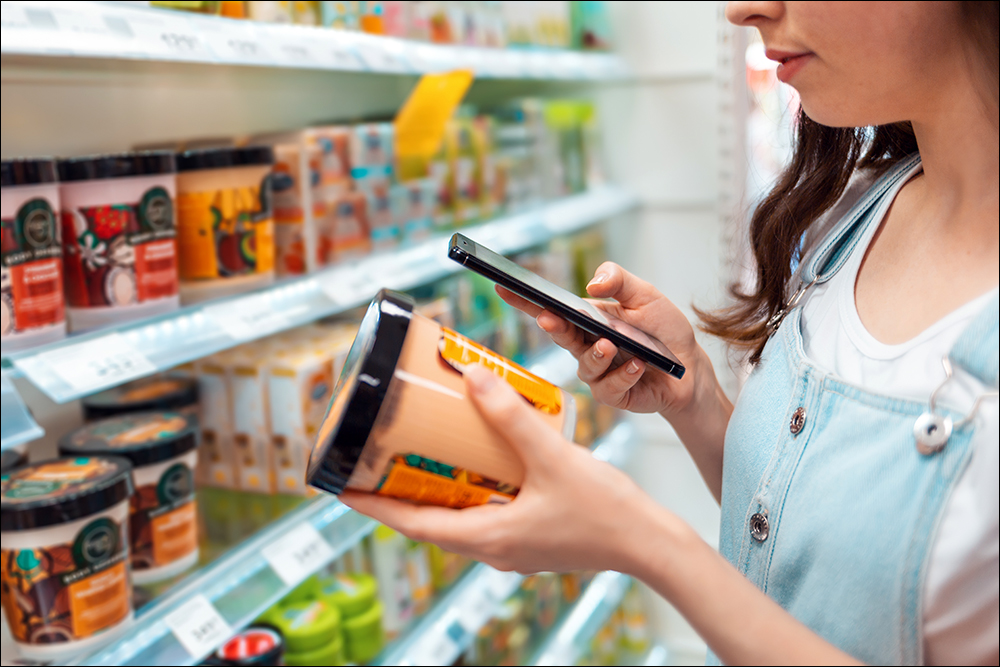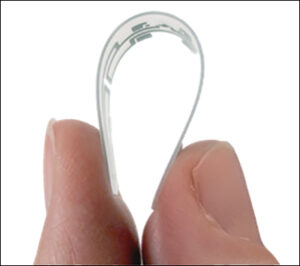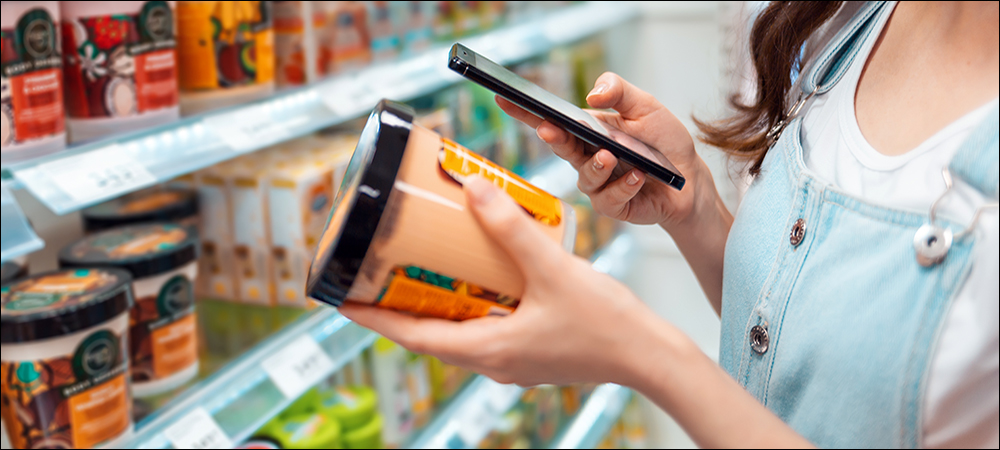While retailers and brands have been leveraging RFID to monitor a product’s journey for inventory management and supply chain visibility, there have traditionally been gaps when it comes to gaining a view into an item’s lifetime. That includes the consistent identification of a product and the consumer who uses it.
Therefore, technology company EVRYTHNG has partnered with semiconductor firm EM Microelectronic to provide brands and retailers with the solution that uniquely identifies and tracks end-to-end data regarding each product’s lifecycle and pairs a product with the consumer beyond the point of sale. This product digitization from the point of manufacture to a consumer’s home enables the use of an item’s digital twin—whether involving a garment, a consumer good or a food item—in EVRYTHNG’s Product Cloud. The system captures data from EM Microelectronic’s em|echo-V dual-frequency UHF RFID and NFC chips.

The system uniquely identifies and tracks end-to end-data regarding each product’s lifecycle and pairs an item with the consumer beyond the point of sale.
EVRYTHNG’s management solutions provide digital identities for retail products by leveraging a variety of technologies to capture data about tagged items. Its solutions are being used by Ralph Lauren, PUMA (see PUMA Creates Digital Product IDs for Greater Engagement) and Patagonia to provide tracking data about items in the supply chain, as well as to allow consumer engagement in stores or post-purchase.
EM Microelectronic, a Swatch Group company, makes integrated circuits including those used for RFID products covering LF, HF and UHF frequencies. In 2019, the firm released its first dual-frequency tag with a single chip that can accomplish tag reads via two different RFID frequencies: UHF RFID for reading tags automatically at a relative distance of up to 10 meters (33 feet) and Near Field Communication NFC for short-range reads using a mobile phone.
With the partnership, the companies intend to offer brands and customers a solution that can track a product from its raw materials and manufacturing stages through logistics to stores and post-sale customer utilization, as well as recycling and re-commerce (the sale of pre-owned goods). Because the em|echo-V chips come with both UHF RFID and NFC functionality and are compliant with ISO 15693, a single tag can be used for logistics and manufacturing data collection with RFID, as well as for NFC scanning with a mobile phone to allow consumer access to the same product data and product authentication.

EM Microelectronic’s em|echo-V dual-frequency UHF RFID and NFC chip
The COVID-19 pandemic has accelerated technology adoption, according to Niall Murphy, EVRYTHNG’s cofounder and CEO. One challenge revealed by the pandemic, he says, has been the need for supply chain resilience. The outbreak has shone a spotlight on shortcomings in supply chains due to a lack of visibility. Consumers, on the other hand, are increasingly accustomed to scanning tags to obtain information or accomplish transactions.
EVRYTHNG’s solution is already in use for tracking apparel, consumer products, personal care items, and food and beverages, the company reports. For instance, the consumer packaged goods industry has accelerated its technology adoption at a faster rate than would have been expected pre-coronavirus. What’s significant, Murphy notes, has been changes in consumer behaviors as shoppers have become more comfortable with scanning goods. In the midst of these changes, EVRYTHNG began working with EM Microelectronic to provide an end-to-end solution.
“Our goal is to help brands provide end-to-end visibility of a product throughout its lifecycle,” Murphy explains. Traditionally, he says, that has meant stitching information together from different data-capture methods. The more fragmented the data sources are, the greater the risks to the information’s integrity. “With EM, we have one physical interface that can communicate by RFID and NFC,” he states, “and that can capture correlated data with a high degree of confidence. EM is the vanguard of an important trend of integrating multiple RF technologies into a single chipset.” That dual functionality, Murphy says, creates cost efficiencies and increases a range of new use cases that the tag can facilitate.
At present, companies piloting the dual-frequency tags with EVRYTHNG’s solution have asked to remain unnamed. A typical use case, however, might center around wines and spirits, high-end apparel or luxury applications for which supply chain visibility, product authentication and product reselling to a third party on the second-hand market are required. The hybrid tags could be incorporated into paper substrates, such as hangtags, or be sewn into other materials—for example, by being stitched into products or integrated into the bottle cork or label.

Niall Murphy
The tags would then be commissioned at the point of manufacture to create digital IDs in the Product Cloud software, and each subsequent scan of the tag (either via an NFC or UHF RFID reader) would create another event—a digital twin that could help users build a data model of the product’s manufacture, shipment, in-store stocking and sale.
Consumers’ NFC taps could be collected so that a company could understand how and where shoppers were engaging with products. Customers could access data about specific products, as well as confirm their authenticity. “It’s all about flexibility, depending on the needs of the user,” Murphy says. Brand owners and retailers can determine the rules related to what data is available to different parties.
At PUMA, for instance, RFID tags and QR codes are used to identify every item. Both link to a given product’s identity, which is represented by a digital twin. By using a single tag for multiple technologies, however, users can capture data automatically, whether via smartphones or RFID readers, and there is no need for separate NFC and RFID tags. “Brands are looking for as much material efficiency as possible,” Murphy says, thereby reducing materials costs.

Pierre Muller
The em|echo-V chip was designed to marry UHF RFID technology for manufacturing and supply chain applications with NFC technology for consumer scanning via mobile phones, according to Pierre Muller, the leader of EM Microelectronic’s RFID Business Unit. “It’s used quite widely now,” he says. Muller describes the two technology companies as approaching visibility from different angles (hardware and software) with a single goal: the full traceability of goods. Since the company is both a chip manufacturer and an Internet of Things (IoT) and cloud solutions provider, he says, “We have two parts of the same puzzle.”
For consumers, NFC reads can provide authentication and brand integrity, while companies can use crowd-sourced data regarding consumer engagement to better understand product use patterns. In addition, the system provides additional insight for brands since they can know where the NFC tags are being read. If an item is targeted for sale in North America and is then interacted with in China, for instance, brands could be alerted to a sale channel issue that needs to be addressed.
Murphy says consumers will benefit from the solution and hybrid tags by having access to products’ sustainability and traceability data. With the recent increase in re-commerce market sales, he notes, authentication has become more challenging. The traceability that the partnership offers could provide proof that goods are genuine when they are coming from a third-party seller. The technology also comes with high-security capability, he says, with added cryptography. Any NFC or RFID read, he explains, “is not just triggering an interface but carrying high security on the data itself.”


